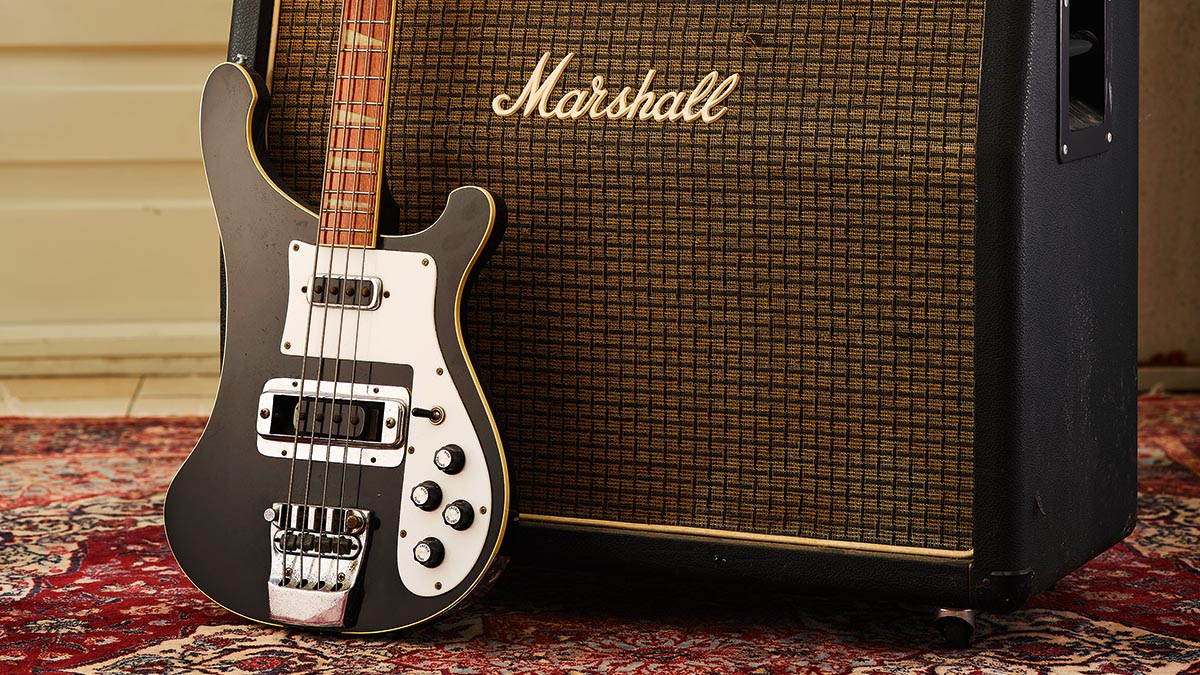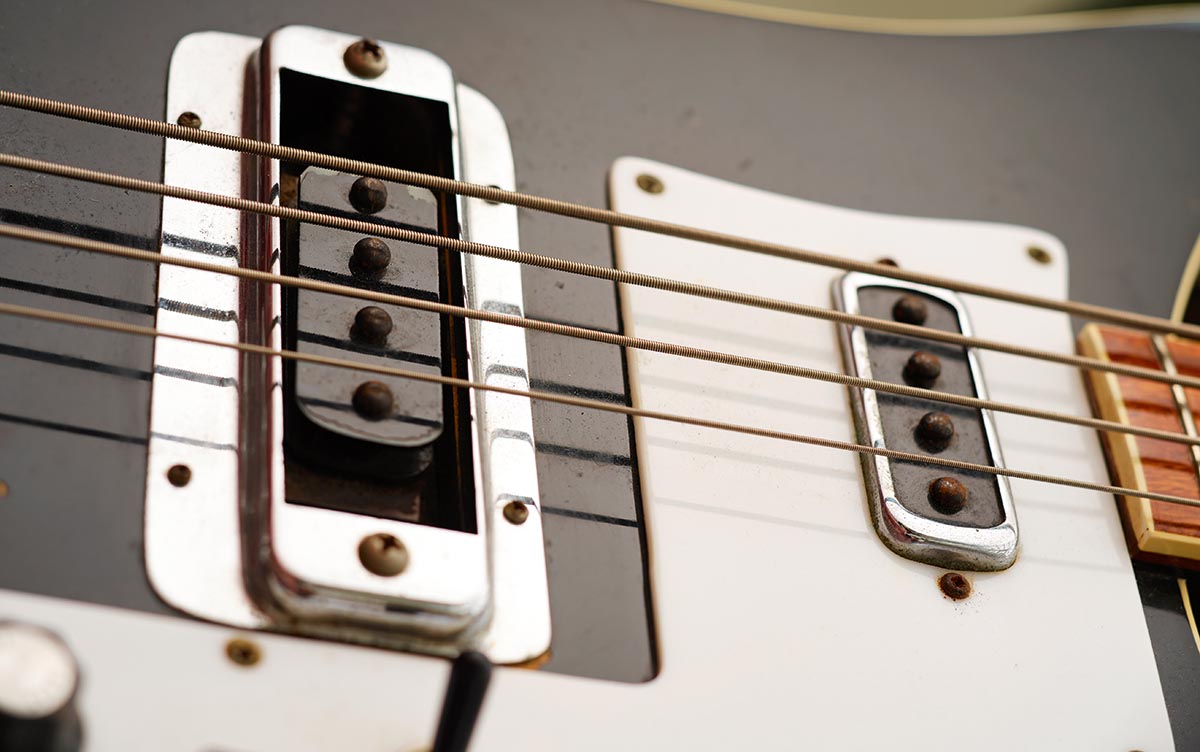Classic gear: Rickenbacker 4001
This classic electric bass was Rickenbacker’s bestseller of the '70s

Following the release of Fender’s game-changing Precision Bass in 1951, most American manufacturers had introduced an electric bass guitar to the market by the mid-'50s, but it wasn’t until 1957 that Rickenbacker introduced its own.
Although it was slow to arrive, the model 4000 ultimately became one of the most influential bass designs ever. It was the first of its kind to feature a neck-through-body construction and dual truss-rod system. This, along with its “extreme cut-away” body design and ‘cresting wave’ three-piece headstock profile, made the company’s fledgling bass appear altogether different.
Upon its launch in 1957, the Rickenbacker 4000 cost $279.50, which was $60 more than the Precision Bass. Evidently, Rickenbacker’s owner (and former business partner of Leo Fender) FC Hall was confident in the company’s new arrival. Production remained limited at first, but slowly began to speed up as the instrument caught on.
This was in part thanks to endorsees such as James Kirkland of Ricky Nelson fame. “Mr Hall gave me the bass in early 1958,” he told Rickenbacker author Martin Kelly. “I was one of the first to get the Rickenbacker.”

In 1960, Rickenbacker changed from using mahogany or walnut for the instrument’s neck-through-body to maple, adding strength to the guitar, while also matching its glued-on maple body ‘wings’. In 1961, guitar builder Roger Rossmeisl further enhanced the body design by enlarging the horns and altering their shape.
At this point, he then set about making a ‘deluxe’ version featuring a bound top and fancier fretboard inlays. Inspired by his new creation, Rossmeisl went on to build the first model 4001 bass later that year. In addition to the existing ‘horseshoe’ pickup – the revolutionary device that launched the electric guitar market in 1931 – a second bespoke-designed four-pole ‘toaster’ pickup was added in the neck position.
Additional volume and tone controls, along with a three-way selector switch, expanded the bass’s tonal range. A bound top (chequerboard or plain) and bound rosewood fretboard with large triangular inlays further set the 4001 apart as something special.
Get The Pick Newsletter
All the latest guitar news, interviews, lessons, reviews, deals and more, direct to your inbox!
Following Rossmeisl’s departure from Rickenbacker to join Fender in 1962, a series of changes were implemented by fellow craftsman Dick Burke. A cast aluminium bridge and tailpiece replaced the original covered sliding design, and the body depth was reduced from 1 5⁄8 inches to 1 ¼ inches, while the bass horn was also extended into the familiar ‘cresting wave’ profile.

By the late-'60s, demand for Rickenbacker basses had grown considerably and the instruments continued to evolve. In 1968, the 4001 received a Ric-O-Sound stereo output alongside its regular mono jack, and the original ‘horseshoe’ pickup was replaced with a Hi-gain unit (although a chromed plastic cover was retained as a nod to its predecessor). 1973 saw a further series of changes to the 4001.
The model’s popular chequerboard binding was replaced by a plain white type, a new cast zinc tailpiece appeared, and the front/‘toaster’ pickup was supplanted with another Hi-gain unit. At the same time, the triangular inlays were shortened – a measure implemented in order to strengthen the neck (along with a walnut centre strip introduced earlier in 1972).
By this stage, the 4001 was already a classic, becoming Rickenbacker’s biggest seller of the decade. It was eventually dropped in 1986 while its successor, the 4003, became a Rickenbacker mainstay.
- Guitarist would like to thank Andrew Raymond of Vintage ‘n’ Rare Guitars in Bath for showing us this fantastic instrument, along with Martin Kelly whose definitive book Rickenbacker Guitars 1931-1999: Out Of The Frying Pan Into The Fireglo is available to preorder now.
Rod Brakes is a music journalist with an expertise in guitars. Having spent many years at the coalface as a guitar dealer and tech, Rod's more recent work as a writer covering artists, industry pros and gear includes contributions for leading publications and websites such as Guitarist, Total Guitar, Guitar World, Guitar Player and MusicRadar in addition to specialist music books, blogs and social media. He is also a lifelong musician.
“An esoteric boutique vibe, superb ergonomics and a powerful, unique preamp – Tobias is back”: Tobias Growler IV review
“Affordable versions of the three best basses I've ever held in my hands”: Sterling by Music Man completes its trilogy of Joe Dart signature models with a trio of made-to-order basses that cost less than $500


![A black-and-white action shot of Sergeant Thunderhoof perform live: [from left] Mark Sayer, Dan Flitcroft, Jim Camp and Josh Gallop](https://cdn.mos.cms.futurecdn.net/am3UhJbsxAE239XRRZ8zC8.jpg)








